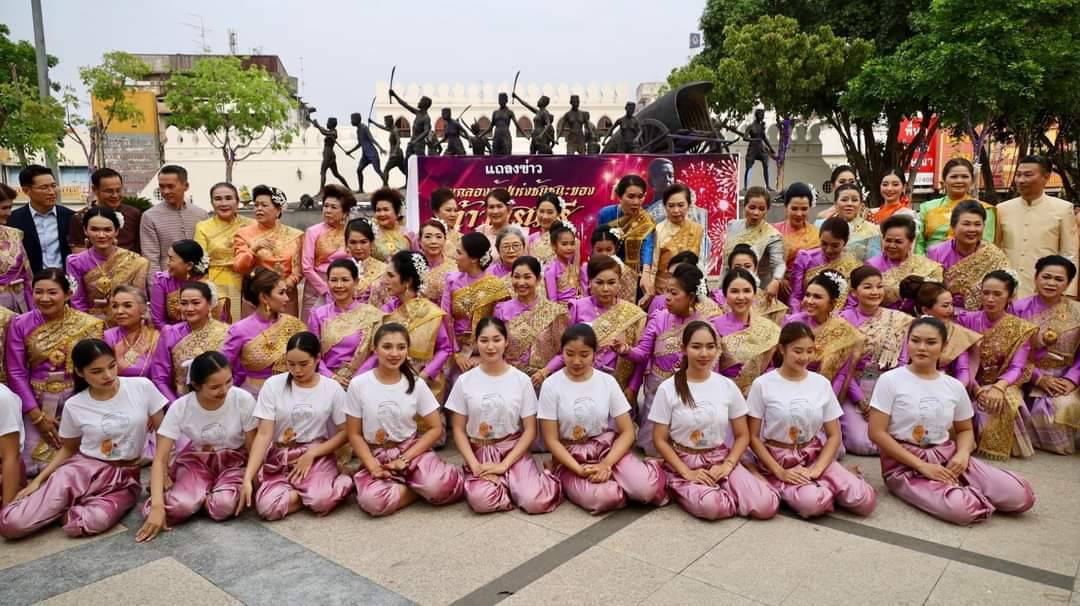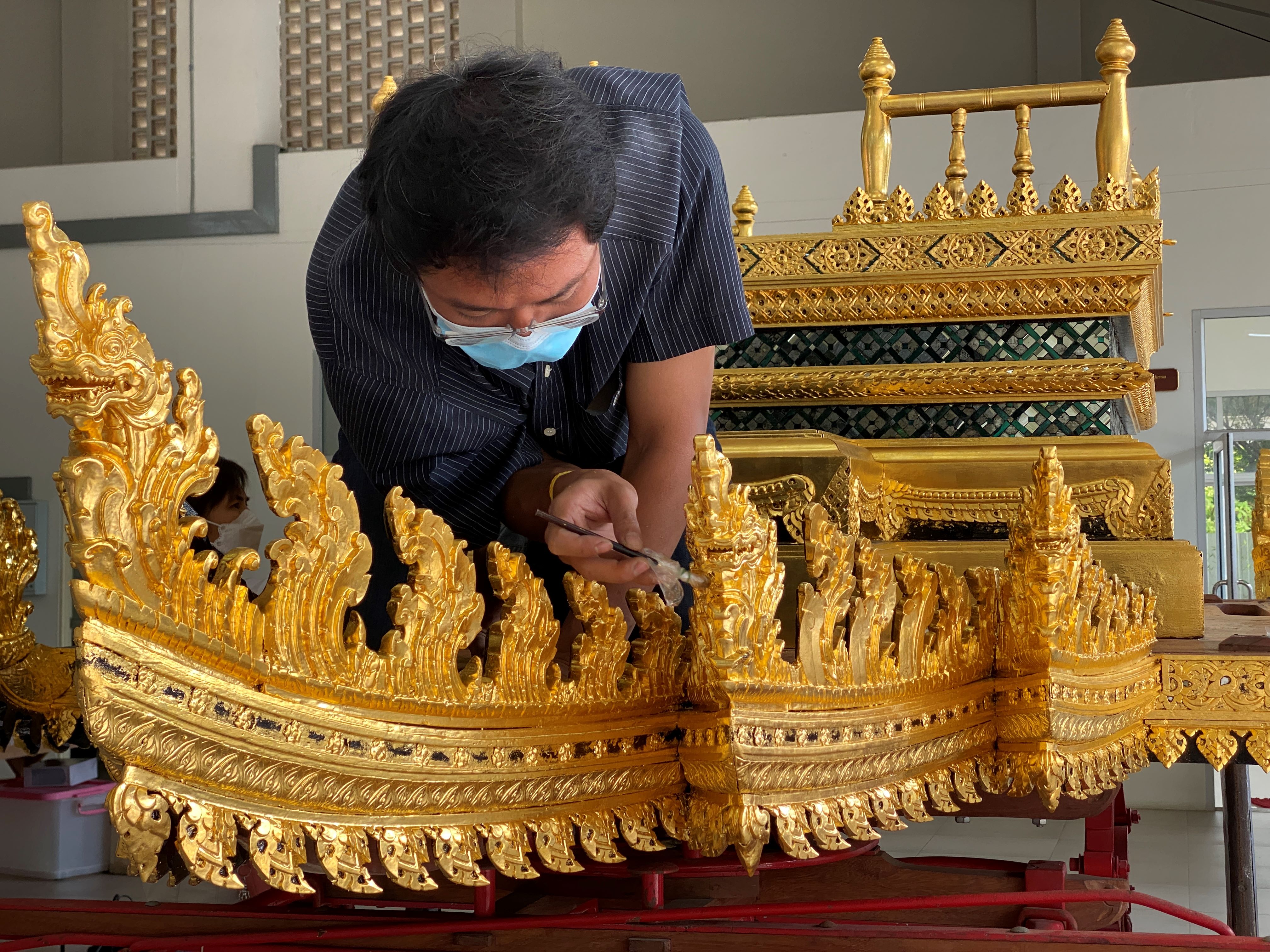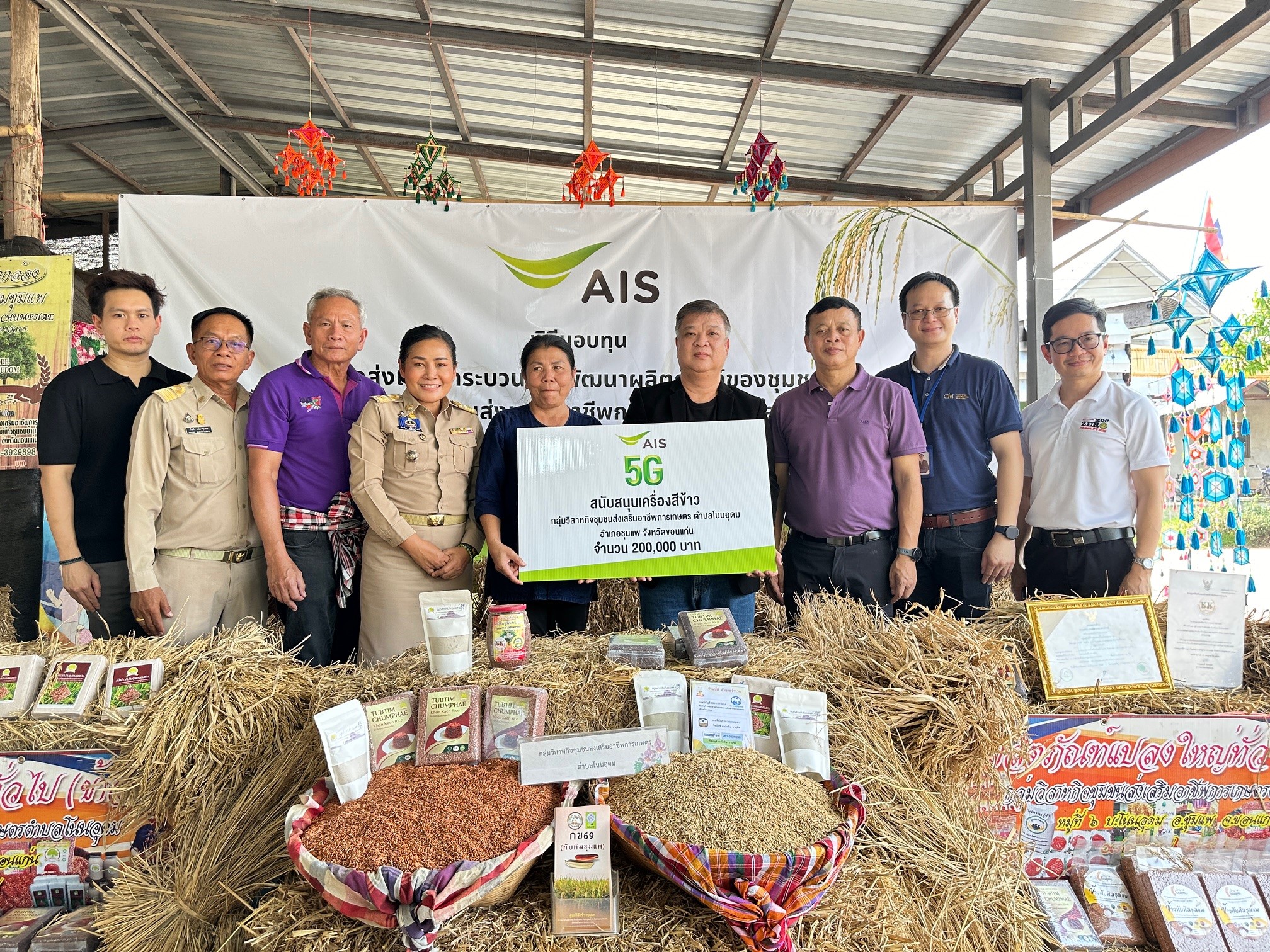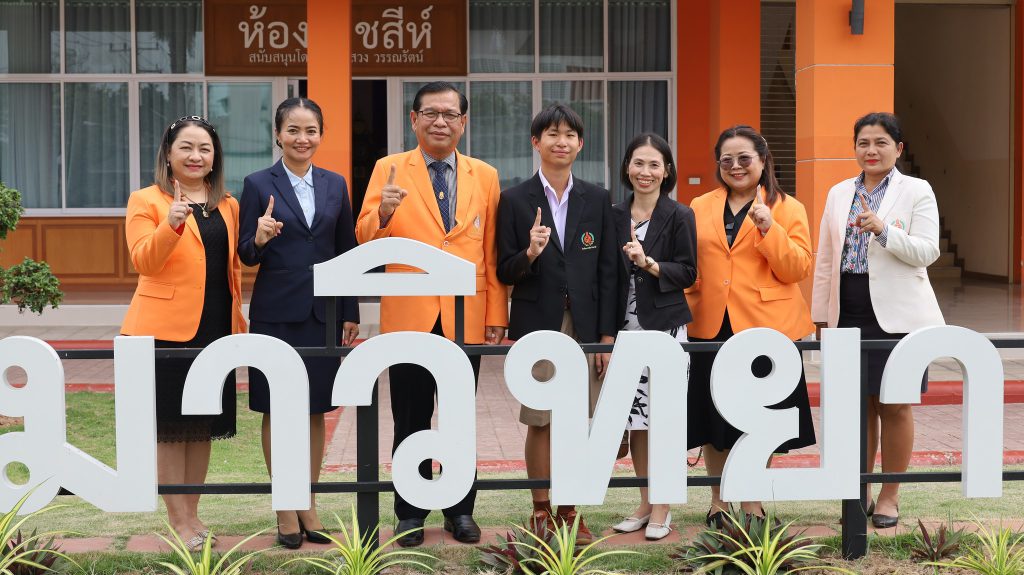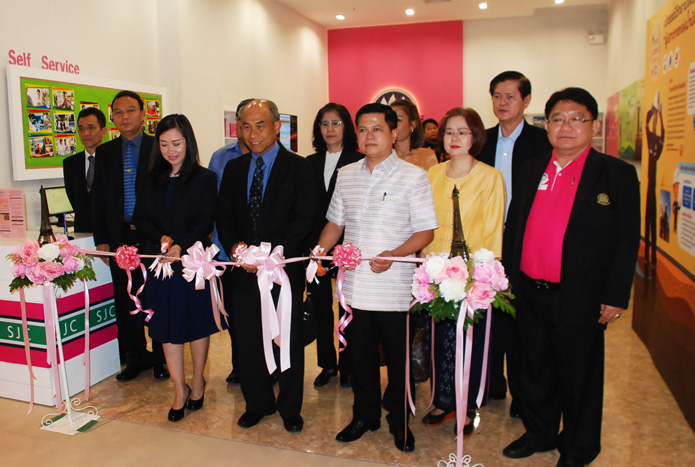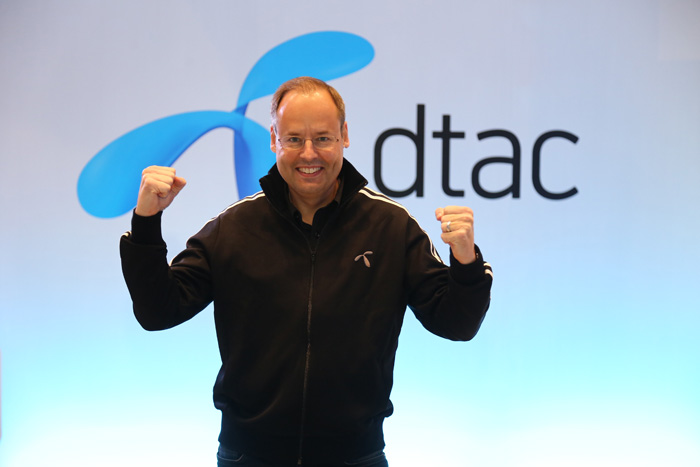ส่อง 4 นวัตกรรมยิ่งใหญ่! จากจีนสู่ไทย ทำไมต้อง 4G TDD บนคลื่น 2300 MHz
อาลีเพย์ (Alipay) รถไฟความเร็วสูง ธุรกิจบริการแชร์จักรยาน และการค้าอีคอมเมิร์ซ ได้รับการขนานนามว่าเป็น 4 นวัตกรรมที่ยิ่งใหญ่ที่สุดแห่งศตวรรษที่ 21 ของจีน หากไม่นับรถไฟความเร็วสูง นวัตกรรมที่พลิกโฉมหน้าเศรษฐกิจจีนเหล่านี้จะไม่สามารถเกิดขึ้นได้เลยหากขาดปัจจัยพื้นฐานสำคัญคือ โครงข่าย 4G ประสิทธิภาพสูง ที่ทำให้เกิดการเชื่อมโยงเครือข่ายแบบไร้สายผ่านโทรศัพท์มือถือได้อย่างครอบคลุมและรวดเร็ว
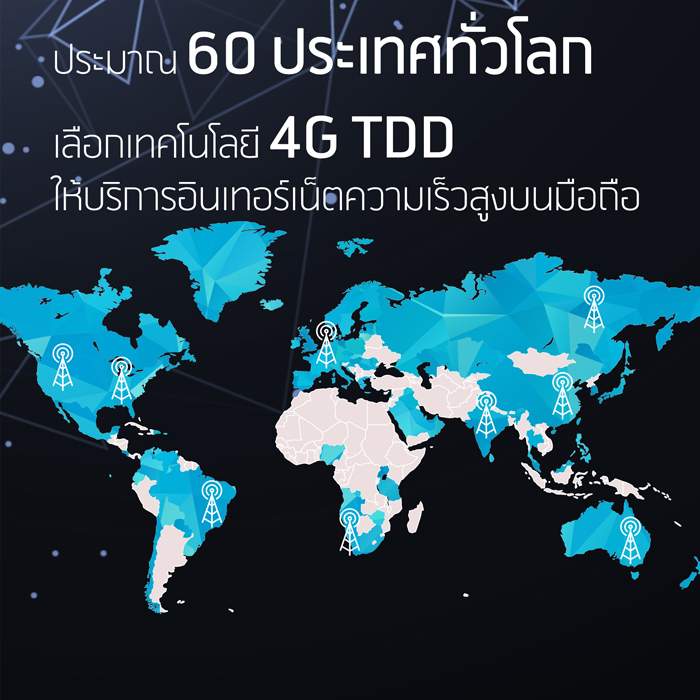 4G นับได้ว่าเป็นกระดูกสันหลังสำคัญของเศรษฐกิจดิจิทัลจีน ซึ่งเป็นภาคเศรษฐกิจที่มีความสำคัญต่อจีนมาก มีมูลค่ากว่าร้อยละ 30 ของ GDP[1] แม้ว่าในขณะนี้ความสนใจของหลายประเทศรวมทั้งจีนเอง คือเร่งพัฒนาเทคโนโลยีและโครงข่าย 5G เพื่อรองรับการใช้งานในอนาคตอันใกล้ แต่ด้วยความสำคัญของ 4G ต่อเศรษฐกิจในปัจจุบัน จึงทำให้การพัฒนา 4G ให้มีประสิทธิภาพและครอบคลุม ยังคงเป็นยุทธศาสตร์ที่จีนให้ความสำคัญและดำเนินการอย่างจริงจังมาโดยตลอดมา
4G นับได้ว่าเป็นกระดูกสันหลังสำคัญของเศรษฐกิจดิจิทัลจีน ซึ่งเป็นภาคเศรษฐกิจที่มีความสำคัญต่อจีนมาก มีมูลค่ากว่าร้อยละ 30 ของ GDP[1] แม้ว่าในขณะนี้ความสนใจของหลายประเทศรวมทั้งจีนเอง คือเร่งพัฒนาเทคโนโลยีและโครงข่าย 5G เพื่อรองรับการใช้งานในอนาคตอันใกล้ แต่ด้วยความสำคัญของ 4G ต่อเศรษฐกิจในปัจจุบัน จึงทำให้การพัฒนา 4G ให้มีประสิทธิภาพและครอบคลุม ยังคงเป็นยุทธศาสตร์ที่จีนให้ความสำคัญและดำเนินการอย่างจริงจังมาโดยตลอดมา
เมื่อปี 2015 จีนได้ประกาศตั้งเป้าขยายเครือข่าย 4G ให้ครอบคลุมเมืองใหญ่ต่างๆ และเขตชนบททั่วประเทศ ภายในปี 2018 เพื่อเป็นแรงขับเคลื่อนเศรษฐกิจ โดยเฉพาะอย่างยิ่งผ่านการค้าอีคอมเมิร์ซ โดยพุ่งเป้าการขยายฐานไปยังภาคเกษตรกรรมและพื้นที่ชนบท (Rural Ecommerce) ซึ่งถือได้ว่าเป็นคลื่นลูกใหม่ของอีคอมเมิร์ซจีน ที่กำลังเติบโตอย่างต่อเนื่อง สามารถสร้างมูลค่านับหมื่นล้านเหรียญในแต่ละปี นอกจากนี้ยังเป็นการที่จะส่งเสริมเทคโนโลยีในขับเคลื่อนเศรษฐกิจอื่นๆ อีกหลายอย่าง ที่ต้องอาศัย 4G ไม่ว่าจะเป็น Internet of Things (IoTs) Machine-to-Machine (M2M) และ Cloud Technology เป็นต้น
เมื่อ 4G มีความสำคัญต่อเศรษฐกิจจีนขนาดนี้ ประกอบกับการที่จีนเป็นประเทศที่มีประชากรมากที่สุดในโลกกว่า 1.42 พันล้านคนในปัจจุบัน ซึ่งทำให้มีปริมาณการใช้งานอินเทอร์เน็ตที่สูงมากมหาศาล การจัดสรรคลื่นความถี่และเลือกใช้เทคโนโลยีสำหรับเครือข่าย 4G ให้มีเกิดประสิทธิภาพสูงสุด จึงเป็นโจทย์ที่ท้าทายอย่างยิ่งสำหรับจีนตลอดระยะเวลาที่ผ่านมาอะไรคือทางออกของจีน? และทางออกนั้นจะสามารถเป็นคำตอบสำหรับไทยซึ่งมุ่งมั่นพัฒนาเศรษฐกิจดิจิทัล และมีความต้องการใช้งานอินเทอร์เน็ตความเร็วสูงผ่านโทรศัพท์มือถือที่สูงไม่แพ้ชาติใดในโลกได้หรือไม่?
จากจีน 4 ปี กับ 4G TDD
จีนเริ่มมีการใช้งาน 4G เชิงพาณิชย์ครั้งแรกเมื่อเดือนธันวาคม 2013 ปัจจุบันจีนเป็นประเทศที่มีเครือข่ายผู้ลงทะเบียนใช้งาน 4G ใหญ่ที่สุดในโลก โดยจำนวนการลงทะเบียนใช้งานเพิ่งจะแตะ 1 พันล้านคน ไปหมาดๆ เมื่อเดือนธันวาคม 2017 ที่ผ่านมานี้เอง คิดเป็นกว่าร้อยละ 40.2 ของการลงทะเบียนใช้งาน 4G ทั่วโลกที่มีประมาณ 2.5 พันล้านคน (ข้อมูลจากwww.mobileworldlive.com) นั่นหมายความว่าโครงข่ายโทรคมนาคมของจีนจะต้องมีศักยภาพสูงเพียงพอ ที่จะสามารถแลกเปลี่ยนรับส่งข้อมูลที่มีปริมาณมหาศาลได้ ซึ่งเทคโนโลยีโครงข่ายสำคัญที่อยู่เบื้องหลังการเอาชนะความท้าทายนี้คือ เทคโนโลยี 4G TDD นั่นเอง
 สู่ไทย: ทำไมต้อง 4G TDD บนคลื่นความถี่ 2300 MHz
สู่ไทย: ทำไมต้อง 4G TDD บนคลื่นความถี่ 2300 MHz
ประเทศไทยนับได้ว่าเป็นประเทศที่มีอัตราการใช้งานอินเทอร์เน็ตความเร็วสูงผ่านโทรศัพท์มือถือสูงที่สุดแห่งหนึ่งของโลก จากสถิติการใช้งานอินเทอร์เน็ตที่รวบรวมโดย We Are Social (www.wearesocial.com) ของต้นปี 2018 พบว่าคนไทยมีผู้ใช้งานอินเทอร์เน็ตกว่า93.61 ล้านเลขหมาย โดยใช้เวลาเฉลี่ยต่อวัน 4.56 ชั่วโมง บนอินเทอร์เน็ตผ่านโทรศัพท์มือถือ นับเป็นประเทศหนึ่งในที่ท่องอินเทอร์เน็ตต่อวันมากที่สุดในโลก
เมื่อเทียบอัตราผู้ใช้งานบนคลื่น 2300 MHz ของจีนที่มีมากกว่าไทยประมาณ 10 เท่ายังรองรับการใช้งานได้เป็นอย่างดี นี่คือบทพิสูจน์ที่ดีสำหรับความมั่นใจของไทยที่จะก้าวไปกับคลื่นใหม่บนเทคโนโลยีการสื่อสารชั้นนำ
วิเคราะห์พฤติกรรมการใช้งานอินเทอร์เน็ตบนมือถือของคนไทยพบว่า มีปริมาณการรับส่งข้อมูลผ่านทางการแชทมากเป็นอันดันหนึ่ง รองลงมาคือวิดีโอ ซึ่งที่ผ่านมาไทยติดอันดับประเทศที่มีการใช้งาน YouTube โดยเฉพาะการรับชมมากที่สุดในโลกอีกด้วย
เพื่อรองรับความต้องการใช้งานอินเทอร์เน็ตความเร็วสูง และพฤติกรรมที่ในการรับข้อมูลปริมาณมาก ประเทศไทยจึงต้องการการจัดการเครือข่ายและเทคโนโลยี 4G ที่มีประสิทธิภาพสูง โดยล่าสุดทีโอทีและดีแทคได้ปลดล็อกคลื่นความถี่ 2300 MHz เพื่อนำมาใช้งานร่วมกันเป็นที่เรียบร้อย เพื่อพัฒนาสู่บริการ4G TDD ต่อไป ซึ่งคลื่นความถี่นี้มีขนาดกว้างมากถึง 60MHz เหมาะกับการรองรับการปริมาณการใช้งานดาต้าที่มากของคนไทยในปัจจุบัน
คาดว่าการมาของคลื่นใหม่ 2300 MHz จะช่วยหนุนเสริมการพัฒนาเศรษฐกิจดิจิทัลของไทยได้เป็นอย่างดี และยกระดับประสบการณ์การใช้งานอินเทอร์เน็ตความเร็วสูงแบบไร้สายของคนไทยได้ จากนี้ไป เทคโนโลยี 4G TDD จากดีแทค จะมายกระดับโครงข่ายดิจิทัล อินเทอร์เน็ตความเร็วสูงเร่งเปิดให้บริการทั่วประเทศ และจะเป็นอีกบทหนึ่งที่น่าจับตาการเปลี่ยนผ่านสู่ดิจิทัลในประเทศไทยอย่างสมบูรณ์แบบ
From China to Thailand, why do we need 4G TDD on 2300 MHz spectrum?
Alipay, high-speed train, bike sharing, and e-commerce are named as the 4 greatest Chinese innovations of the 21st century. Apart from the high-speed train, the rest cannot be existed without the crucial infrastructure, the high-effective 4G network.
The 4G technology is the backbone of China’s digital economy. It is worth over 30% of China’s GDP1. Although, most countries including China are interested in developing 5G technology and its network to serve new services in the near future, the 4G network is still very important to their economy. Thus, the effective and comprehensive 4G development is still a key strategy that China has paid great attention and taken it very seriously.
In 2015, China announced plans for 4G network expansion in major cities and rural areas across the country by the year of 2018 to drive the economy, especially through E-commerce. They emphasized on growing their economic base to agricultural sector and rural E-commerce, which is a new wave of Chinese E-commerce. Rural E-commerce in China is constantly rising and creates value in the economy worth ten billion dollars each year. Besides, it can promote other 4G-based technologies to drive the economy, such as Internet of Things (IoTs), Machine-to-Machine (M2M), and Cloud Technology.
As 4G is very important to China’s economy and China is the most populous country in the world with over 1.42 billion citizens, the amount of internet usage is enormous. Therefore, spectrum allocation and technology selection for the best 4G network performance is very challenging for China. What is China’s solution? Can their solution be the answer for Thailand? Thailand is committed to developing its digital economy and is the world leader in high-speed mobile internet demand.
From China: 4 years of 4G TDD Deployment
China started the commercial 4G deployment in December 2013. Presently, China has the largest number of 4G service subscribers in the world. The number has just reached 1 billion in December of last year, accounting for 40.2% of the 2.5 billion 4G subscribers worldwide (Source: www.mobileworldlive.com).
The Ericsson’s Mobility Report 2017 states that the average amount of data usage per smartphone in China is as high as 1.5GB a month3. That implies China’s telecommunication network must have very high potential for serving the traffic of massive data exchange. The key technology behind this challenging task is 4G TDD.
To Thailand: Why 4G TDD on 2300 MHz
Thailand is one of the world leaders in high-speed mobile internet daily usage. According to ‘We Are Social’ (Source: www.wearesocial.com) in early 2018, there are over 93.61 million mobile internet subscribers. The average daily usage time of mobile internet is 4.56 hours.
Comparing to China, the number of 2300 MHz service subscribers in China is 10 times greater than in Thailand. Still, the network in China is stable. Therefore, this is the great evidence for Thailand to be confident for the deployment of new spectrum with the foremost telecom technology.
The analysis of mobile internet usage behavior of Thai people showed that Thai people consume the most and second-most data on chat app and video, respectively. Besides, Thailand is one of the top countries for the longest YouTube watch time in the world.
To be ready for the enormous demand of high-speed internet and data usage, Thailand needs effective management on 4G network and technology. Recently, TOT and dtac have unlocked the 2300 MHz spectrum for the advanced 4G TDD services with very wide bandwidth of 60 MHz, suitable for the vast demand of data usage in Thailand.
It is expected that the presence of the 2300 MHz will help drive the digital economy of Thailand and provide Thai people new experiences on high-speed mobile internet. The 4G TDD from dtac is available now nationwide and will raise the bar for the digital network for high-speed mobile internet. It is another eye-catching chapter for the complete digital transition in Thailand.
เรื่องที่เกี่ยวข้อง
-
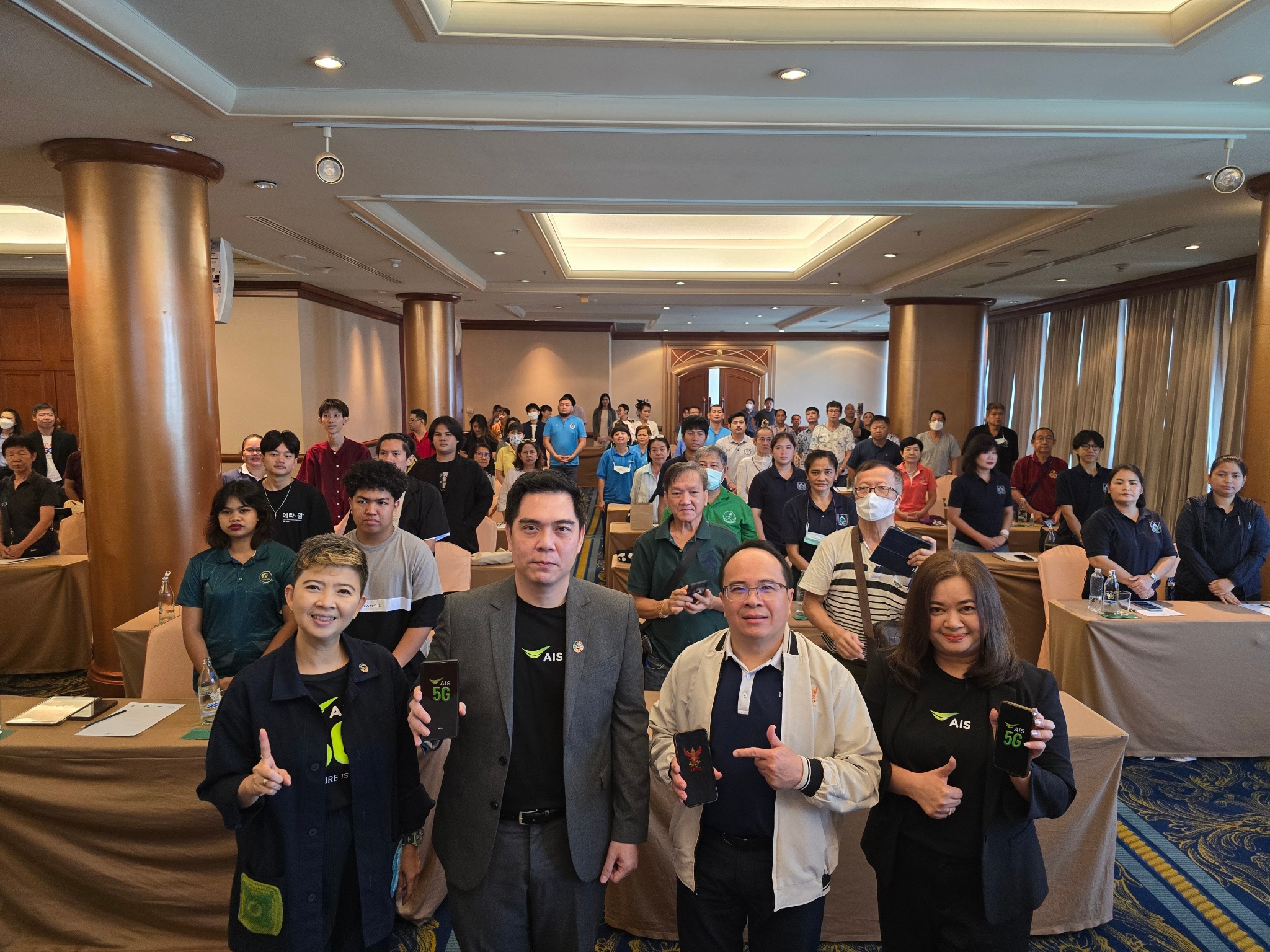 เอไอเอส จับมือ กสทช. ดูแลผู้พิการรอบด้าน ตอกย้ำดิจิทัลเป็นหัวใจการสร้างความเท่าเทียมแก่ทุกกลุ่ม...
เอไอเอส จับมือ กสทช. ดูแลผู้พิการรอบด้าน ตอกย้ำดิจิทัลเป็นหัวใจการสร้างความเท่าเทียมแก่ทุกกลุ่ม...
-
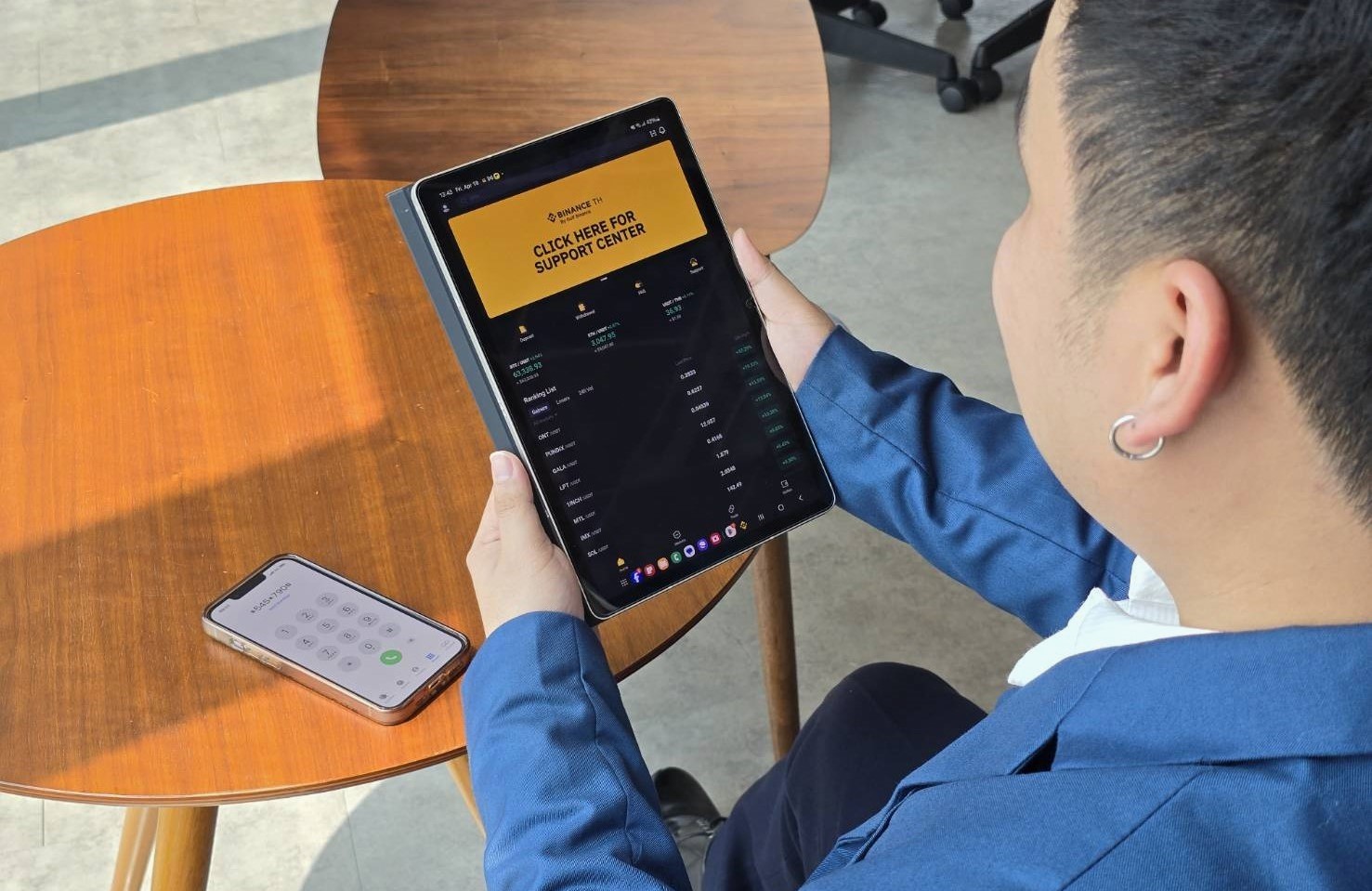 AIS จับมือ Gulf Binance จับเทรนด์สินทรัพย์ดิจิทัล มอบสิทธิพิเศษสำหรับลูกค้า AIS รายเดือนเท่านั้นเปิด...
AIS จับมือ Gulf Binance จับเทรนด์สินทรัพย์ดิจิทัล มอบสิทธิพิเศษสำหรับลูกค้า AIS รายเดือนเท่านั้นเปิด...
-
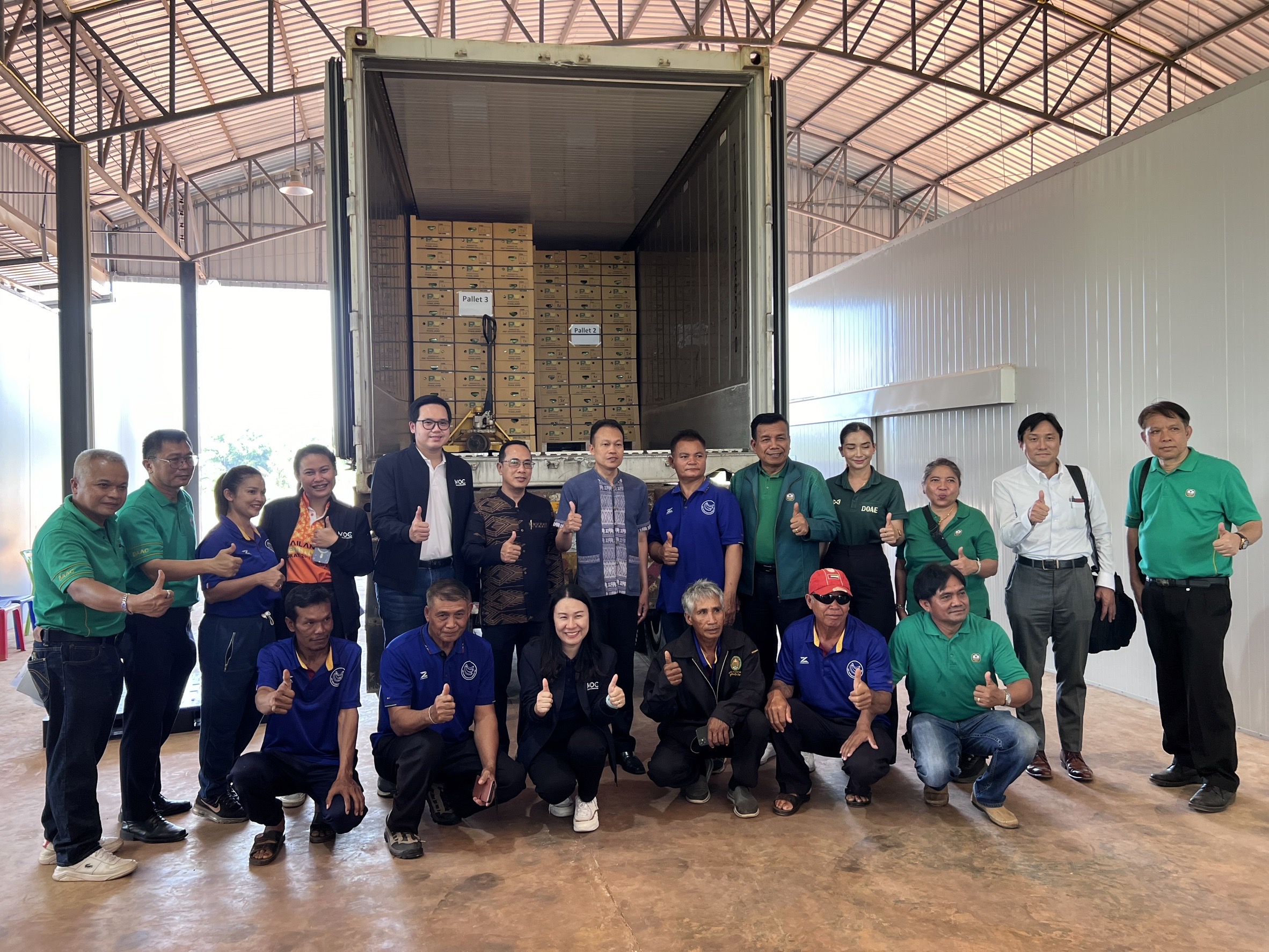 ส่งล็อตแรก!่”กล้วยหอมทอง”โคราชส่งขายญี่ปุ่นแล้ว รมช.พาณิชย์สั่งทีมพาณิชย์เร่งดันส่งออกเพ...
ส่งล็อตแรก!่”กล้วยหอมทอง”โคราชส่งขายญี่ปุ่นแล้ว รมช.พาณิชย์สั่งทีมพาณิชย์เร่งดันส่งออกเพ...
-
 เซ็นทรัลโคราชคว้า 5 ดาวแห่งความยั่งยันด้านท่องเที่ยว Center of Life ศูนย์กลางการใช้ชีวิตได้อย่างบูรณ...
เซ็นทรัลโคราชคว้า 5 ดาวแห่งความยั่งยันด้านท่องเที่ยว Center of Life ศูนย์กลางการใช้ชีวิตได้อย่างบูรณ...
-
 นับถอยหลัง! งานมหกรรมกาแฟแห่งปี Esan Coffee Fair 2024ยกทัพร้านแบรนด์ดังมาเสิร์ฟชาวอีสาน...
นับถอยหลัง! งานมหกรรมกาแฟแห่งปี Esan Coffee Fair 2024ยกทัพร้านแบรนด์ดังมาเสิร์ฟชาวอีสาน...







